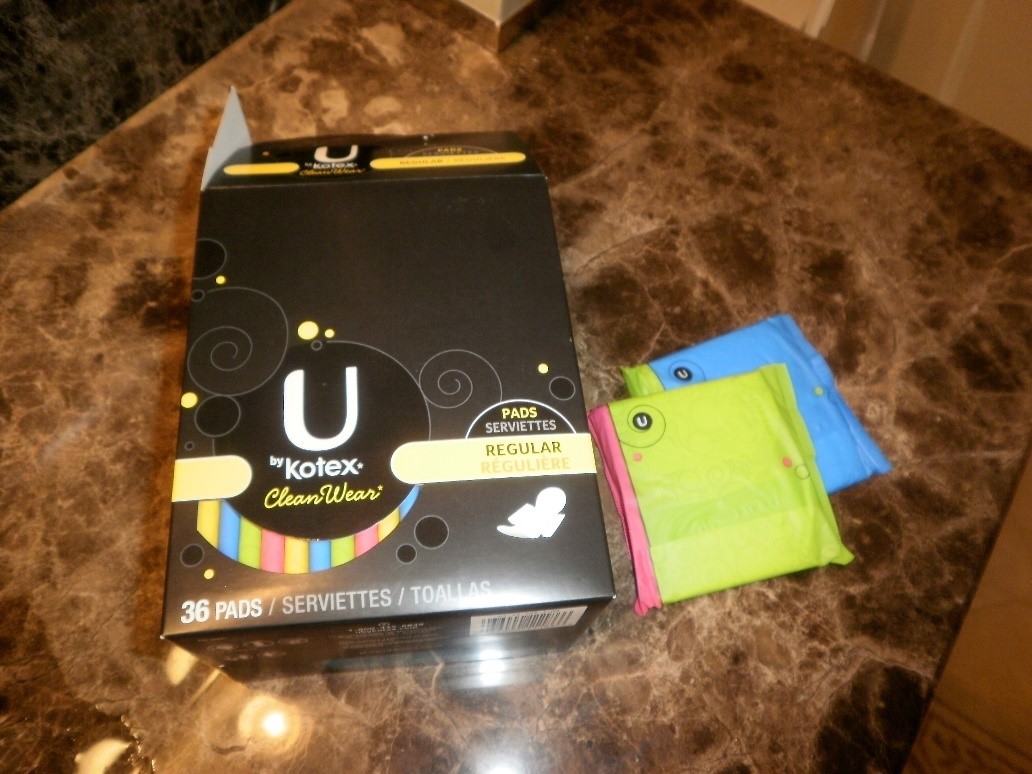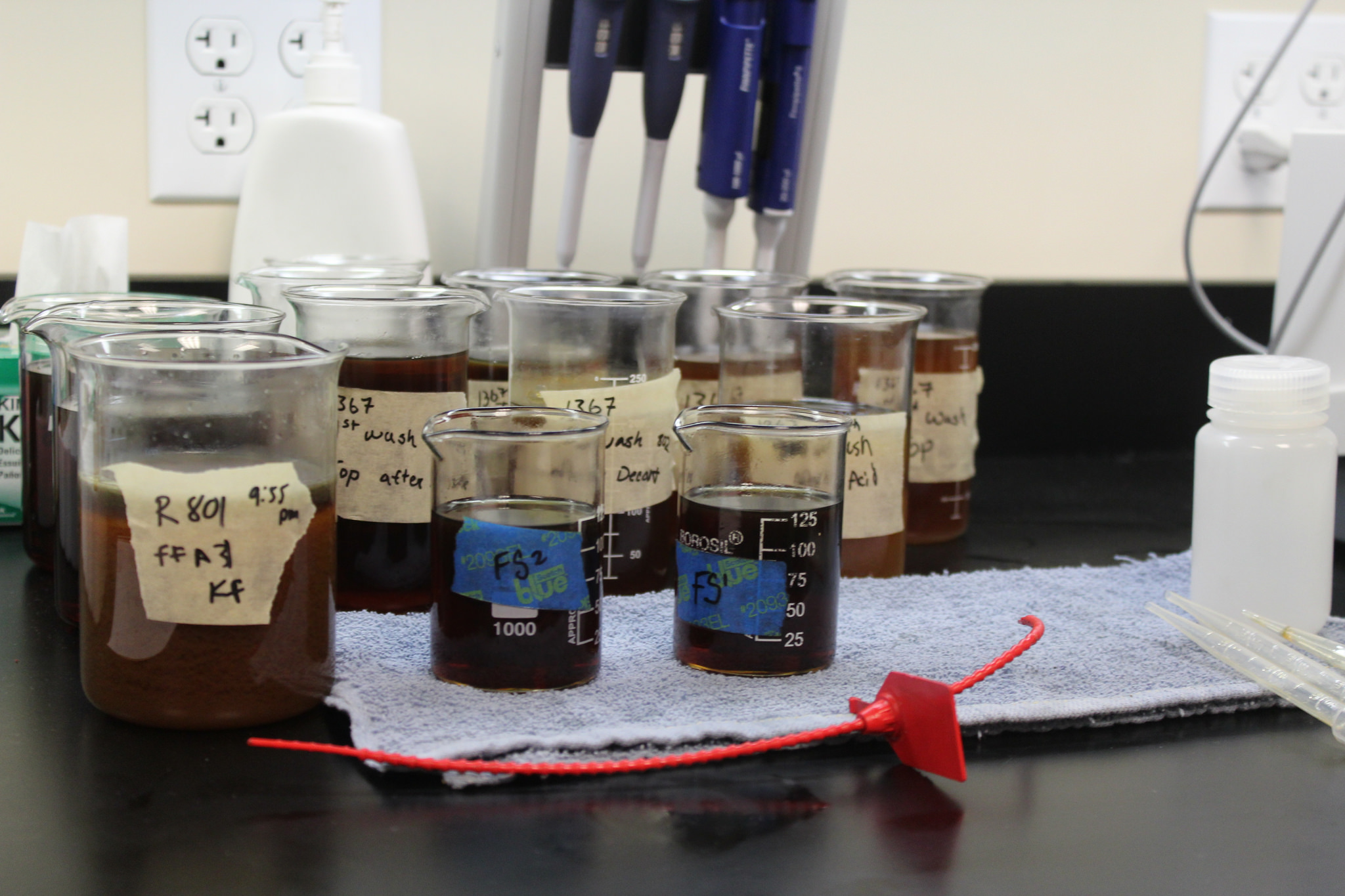This week, the Commencement Archive is pleased to publish Dr. Donald Berwick’s address to the Dartmouth School of Medicine Class of 2017, titled Cat’s Feet.
Donald M. Berwick, MD, MPP, FRCP, is President Emeritus and Senior Fellow of the Institute for Healthcare Improvement. A pediatrician by background, Dr. Berwick has served on the faculty of the Harvard Medical School and Harvard School of Public Health, and on the staffs of Boston’s Children’s Hospital Medical Center, Massachusetts General Hospital, and the Brigham and Women’s Hospital. He has also served as Vice Chair of the US Preventive Services Task Force, the first “Independent Member” of the American Hospital Association Board of Trustees, and Chair of the National Advisory Council of the Agency for Healthcare Research and Quality. He additionally served two terms on the Institute of Medicine’s (IOM’s) Governing Council, was a member of the IOM’s Global Health Board, and served on President Clinton’s Advisory Commission on Consumer Protection and Quality in the Healthcare Industry.
Recognized as a leading authority on health care quality and improvement, Dr. Berwick has received numerous awards for his contributions. In 2005, he was appointed “Honorary Knight Commander of the British Empire” by Her Majesty, Queen Elizabeth II, in recognition of his work with the British National Health Service. Dr. Berwick is the author of over 160 scientific articles and six books. He currently serves as Lecturer in the Department of Health Care Policy at Harvard Medical School.
Dr. Berwick delivers a powerful speech covering historic writings, poetry, and personal anecdotes. The ultimate message he conveys is choice, and our preparedness to make a decision.
The title of Dr. Berwick’s speech is Cat’s Feet, a phrase which he introduces in a poem by Carl Sandburg:
The fog comes
on little cat’s feet.
It sits looking
over harbor and city
on silent haunches
and then moves on.
He continues to discuss the poem and its portrayal of the unexpected choices we are faced with throughout our careers.
“The fog comes on little cat’s feet. Maybe you think of ethical choices as arriving with a brass band: Carton at the guillotine, Joan of Arc at the stake, or Martin Luther King and John Lewis on the Edmond Pettis Bridge. Moments of fame and drama “Here I am: Ethics.” Forget that. For you, me, most of us, the choices that matter come in unannounced, on little cat’s feet, silent in arrival and gone almost before we notice. You will have the same choice…Whether it will come tomorrow or next week or next year, I cannot say; but it will come. And it won’t come once. It will come again, and again, and again, always on cat’s feet, suddenly, too suddenly for you wing it. So, don’t wing it. Get prepared. Decide in advance.
As Dr. Berwick continues, he addresses an important question: what will be your self-identity as a doctor? Physicians must balance personal heroism with interdependency. In other words, we will have opportunities to be heroic, to act, and to take matters into our own hands. Dr. Berwick argues that we cannot and should not act alone. Rather, there is a greater “need for teamwork, generosity, and deference to others.” Dr. Berwick recommends to “not ask what you do; ask what you are part of. Ask, “Who depends on me, and how am I doing in their eyes?”
Dr. Berwick reflects on the evolution of ethical values appreciated in healthcare. Now more than ever, physicians have an immense ethical duty.
“If we be healers, then the time has ended when the tasks we shoulder stop at the door of an office, the threshold of an operating room, or the front gate of a hospital. We must engage in the rescue of a society, and of a political context, that has forgotten to heal. That has become our job too. Professional silence in the face of social injustice is wrong.”
Unlike some of the other pieces in this commencement archive issue, Dr. Berwick’s is marked with a tone of gravity and weightiness. He goes beyond our duty as physicians and calls on our responsibilities as individuals in society. The message is serious, sincere, and thought-provoking. I encourage all to consider his words closely.
Read the full speech in the Commencement Archive: https://www.themspress.org/journal/index.php/commencement/article/view/294/311








